13 Free Medical field transparent PNG images
Explore our comprehensive Medical Field image collection, featuring 13 free AI-generated images perfect for healthcare professionals, medical educators, and content creators. Browse through our diverse array of stock photos, 3D anatomical models, medical illustrations, and vector graphics. Each high-resolution image is available for immediate download, and with our innovative 'open in editor' feature, you can customize the AI prompts to regenerate images that perfectly match your medical visualization needs.
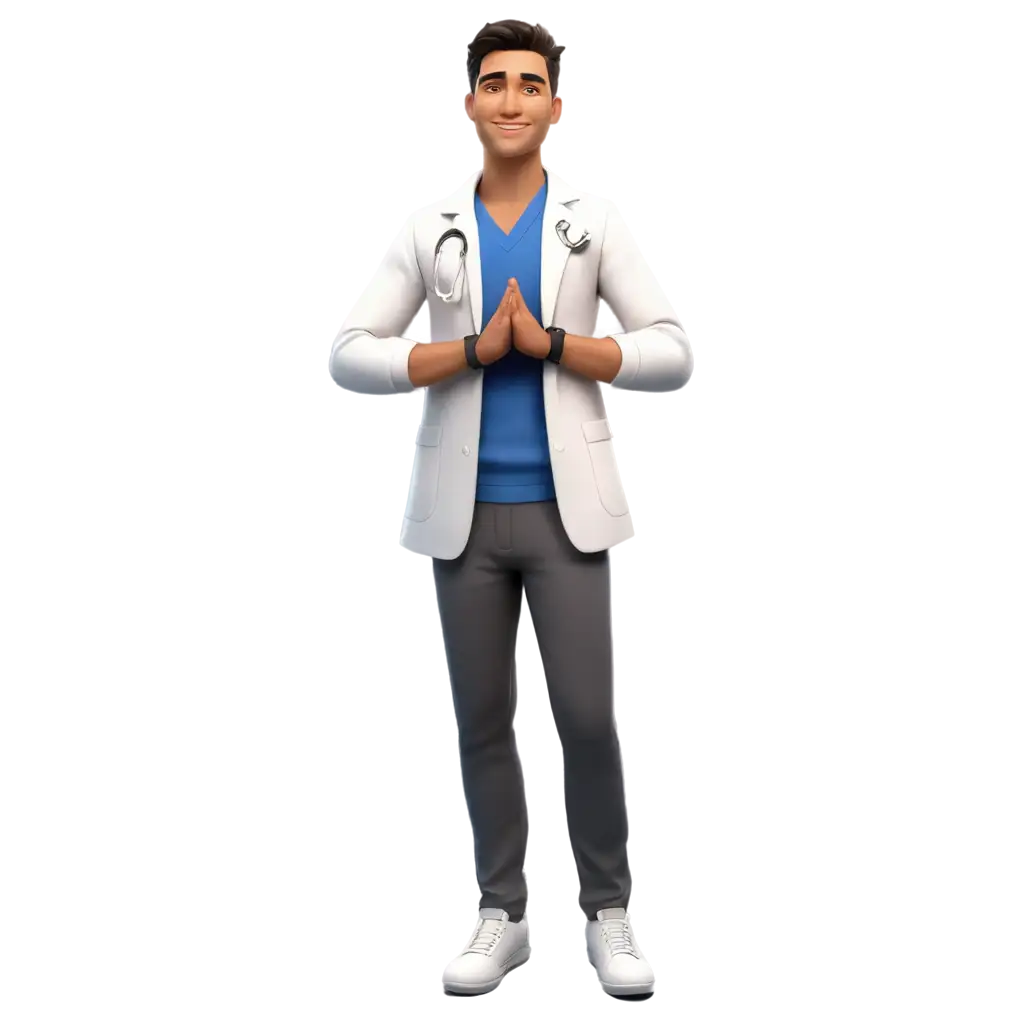
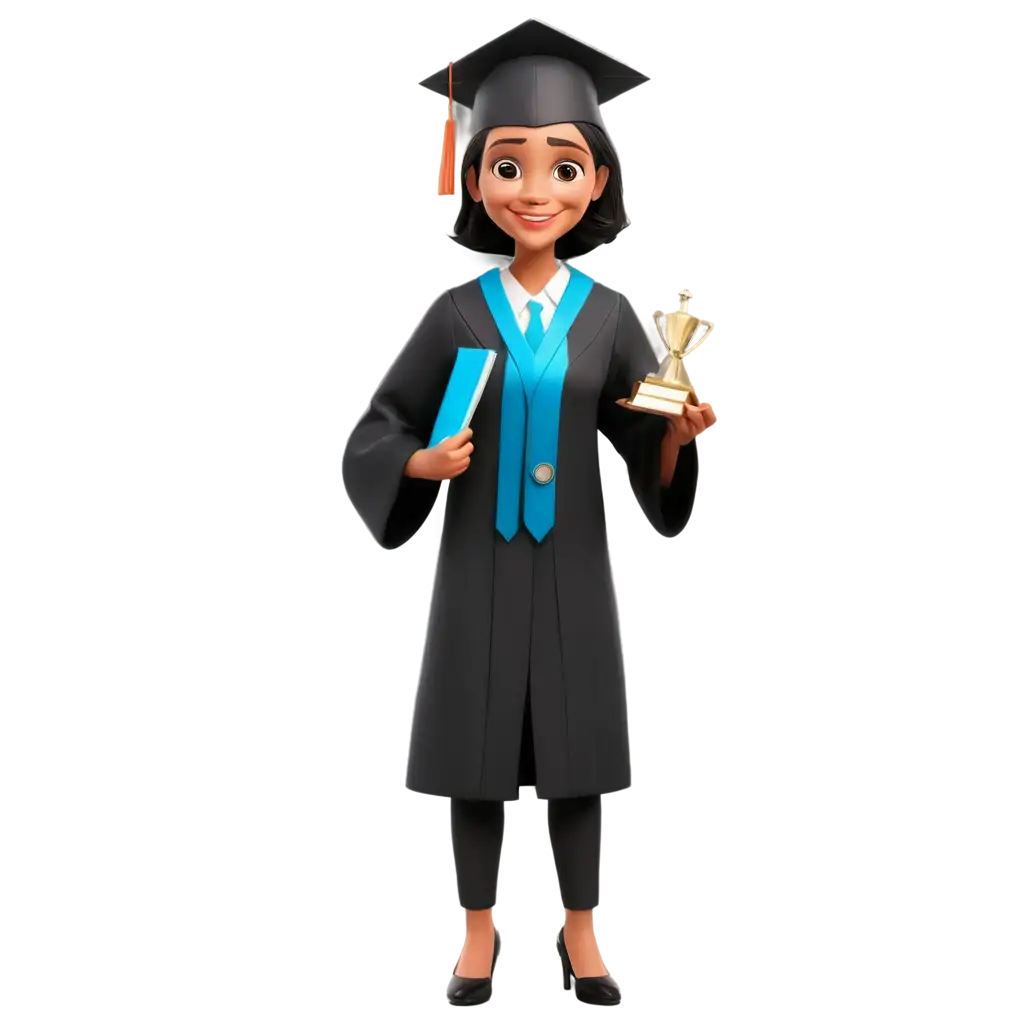
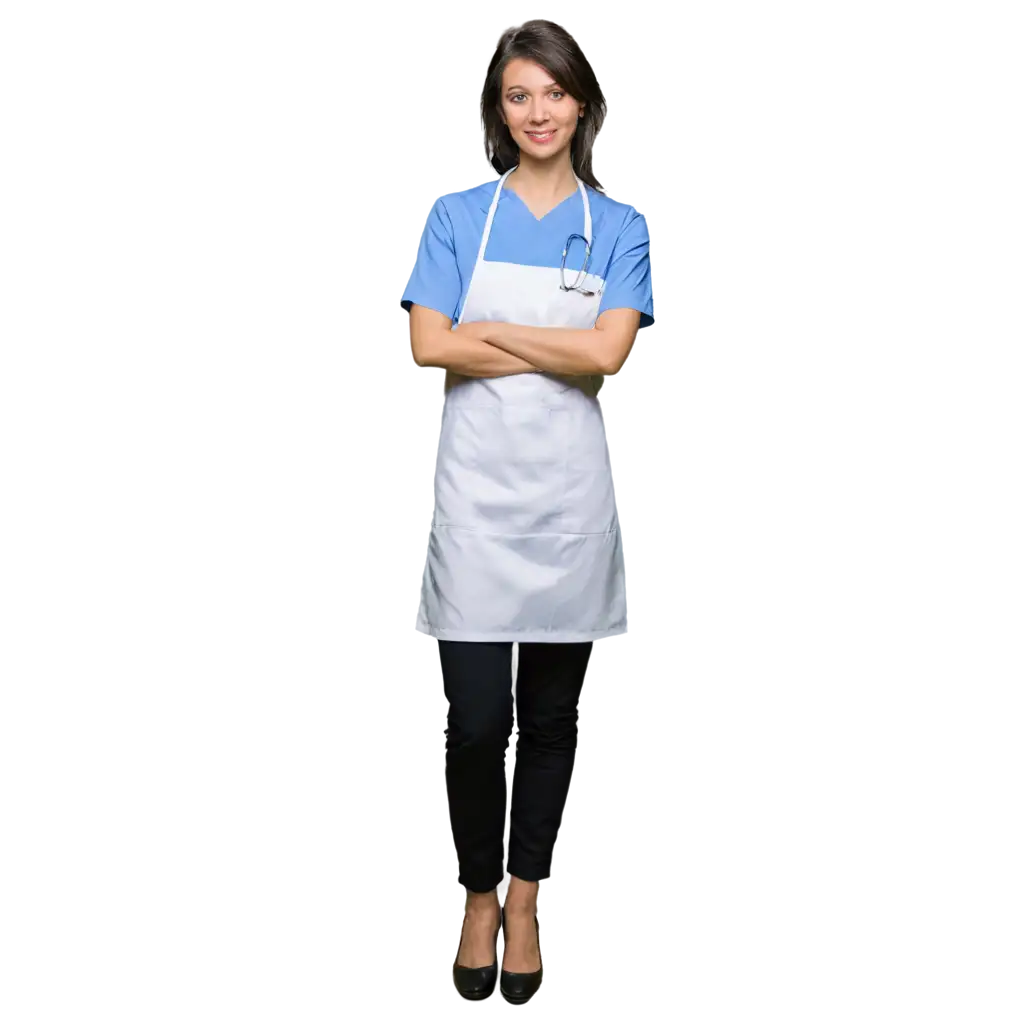
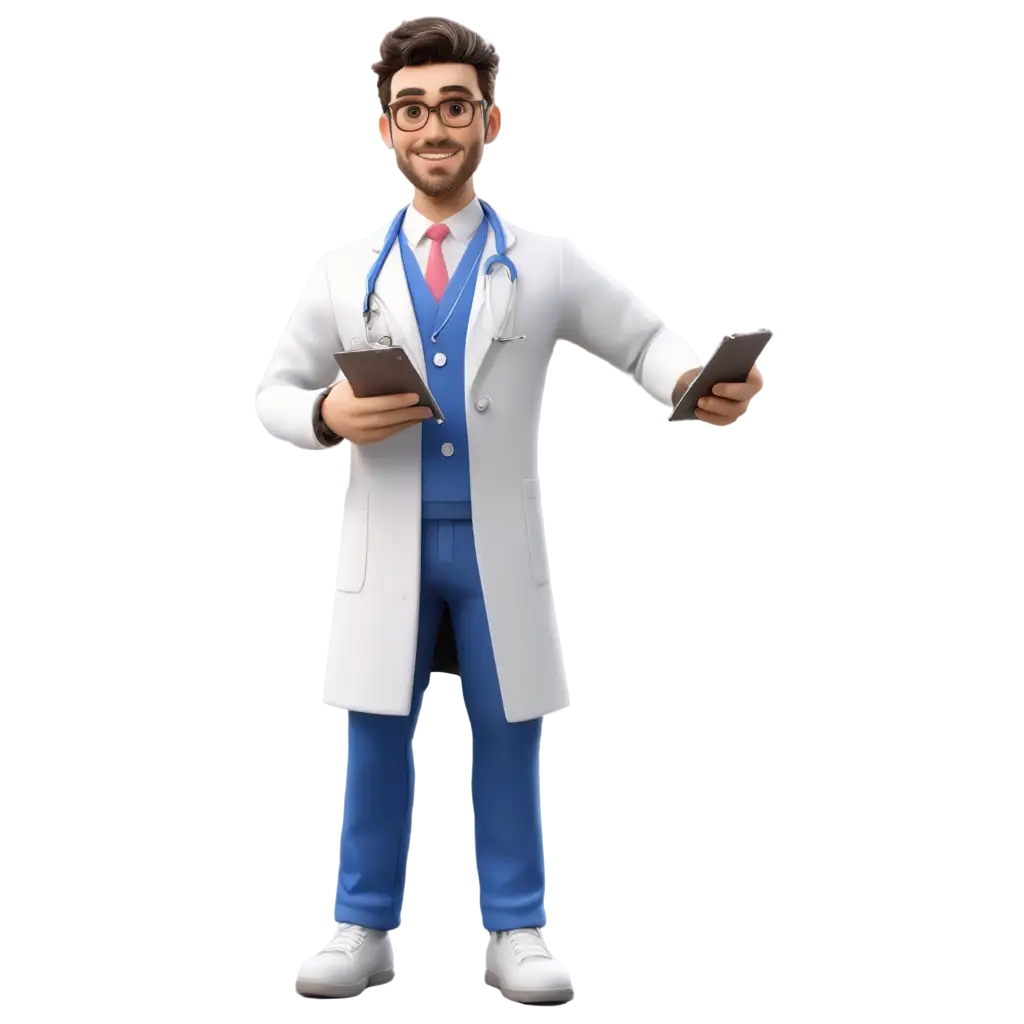
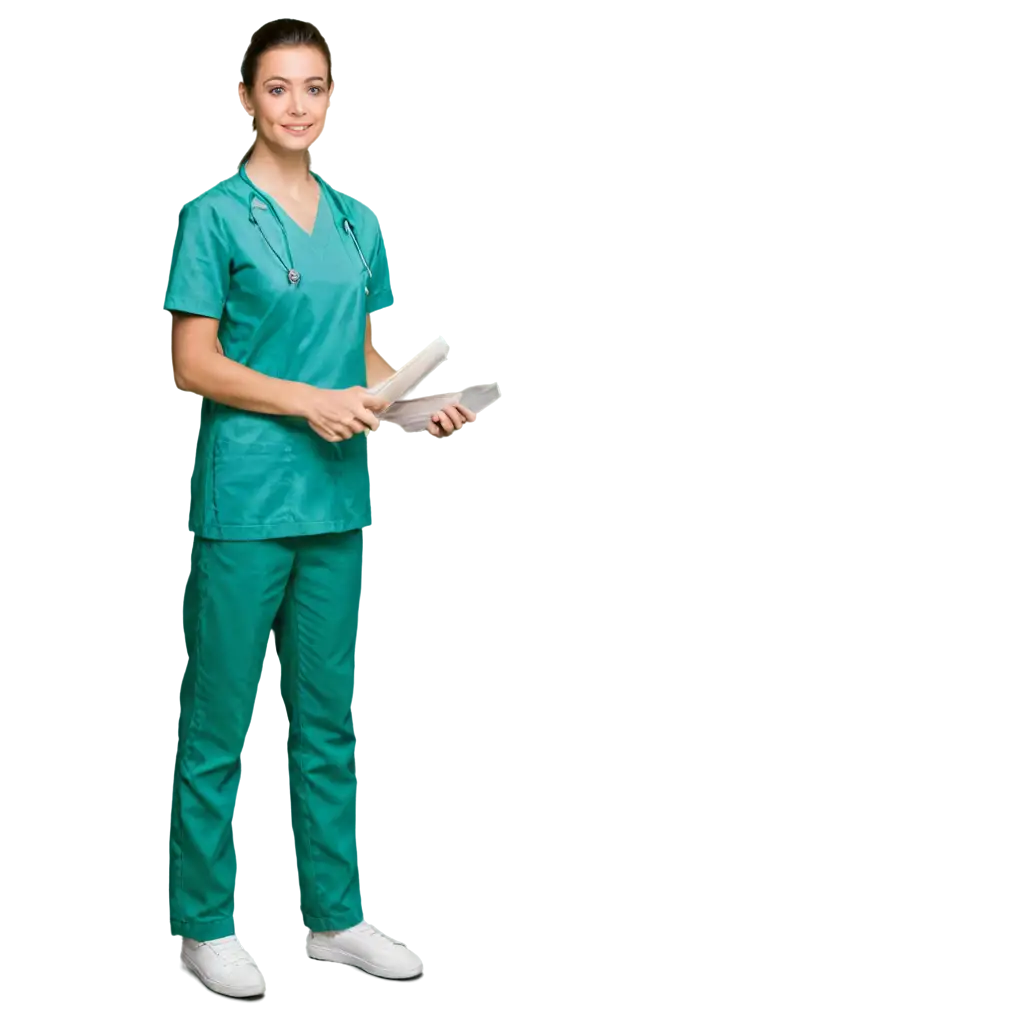
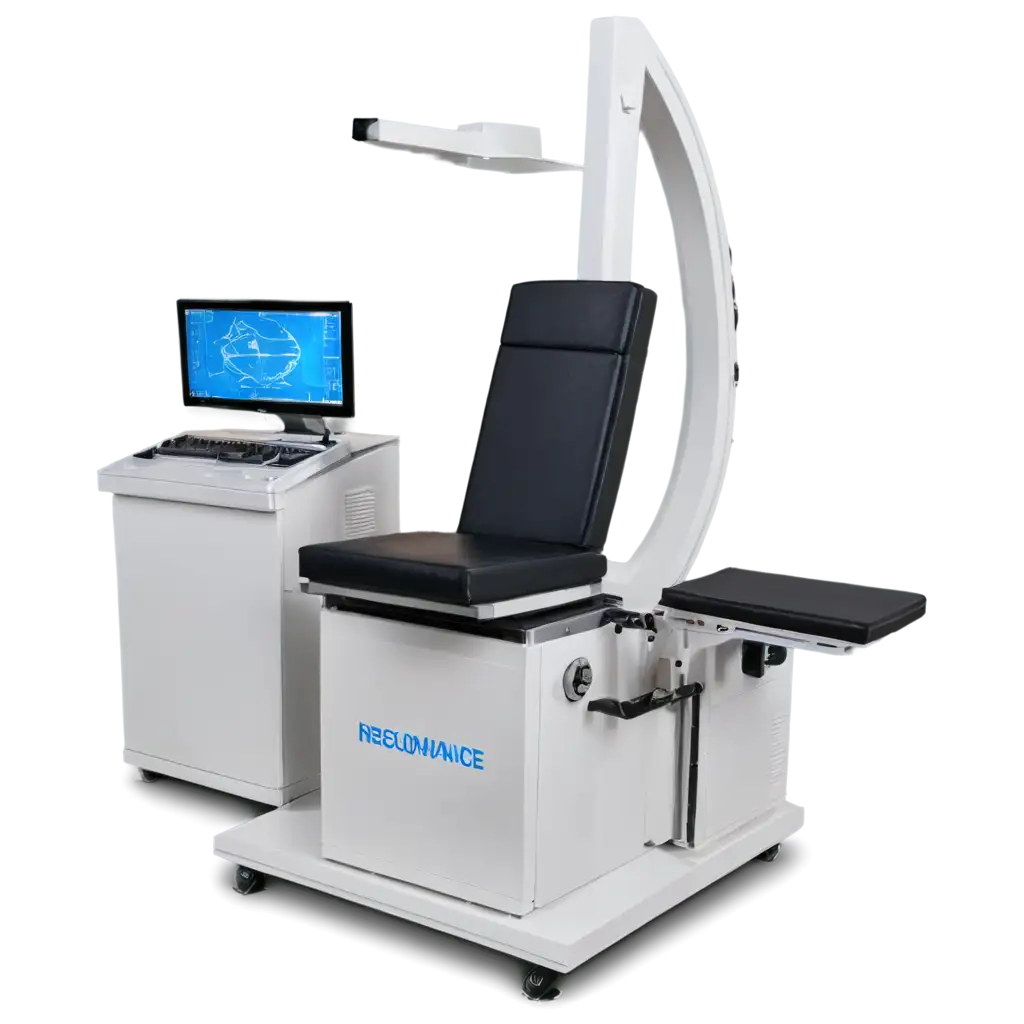

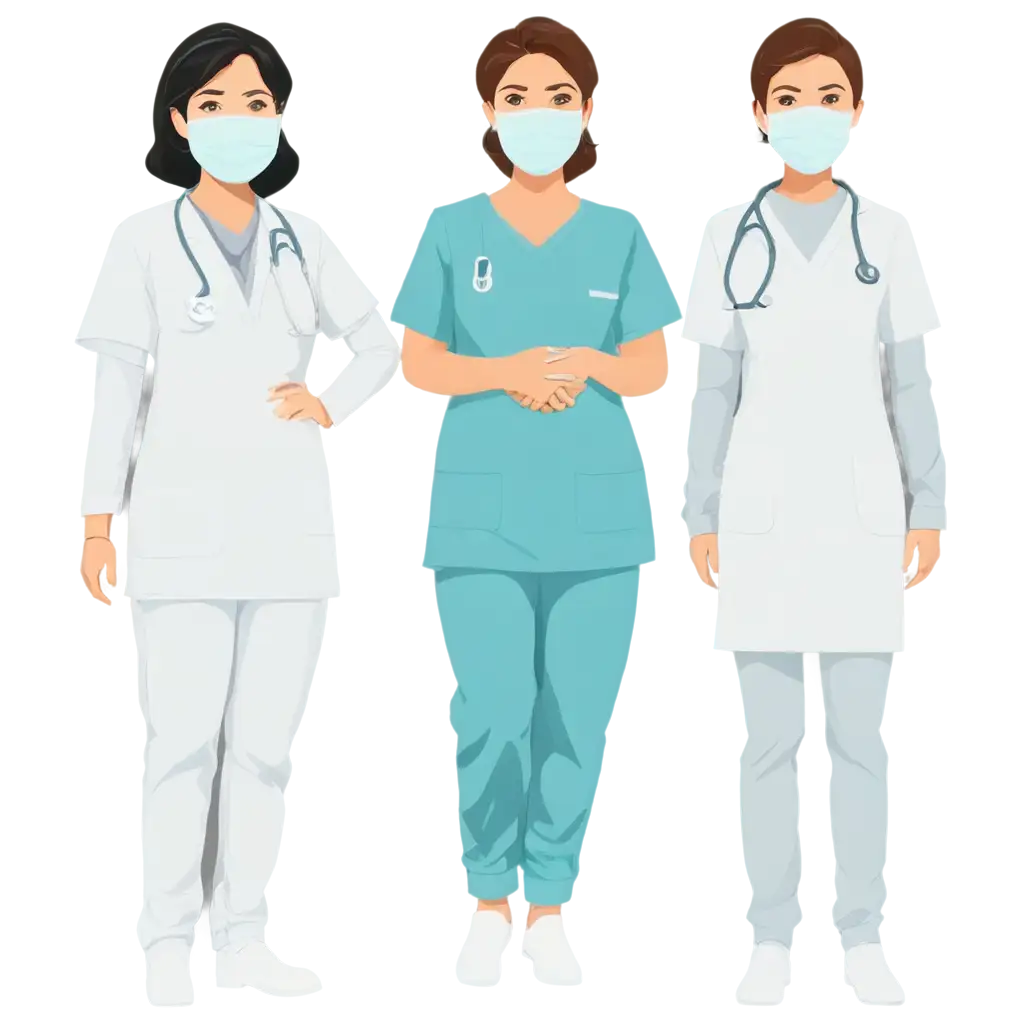
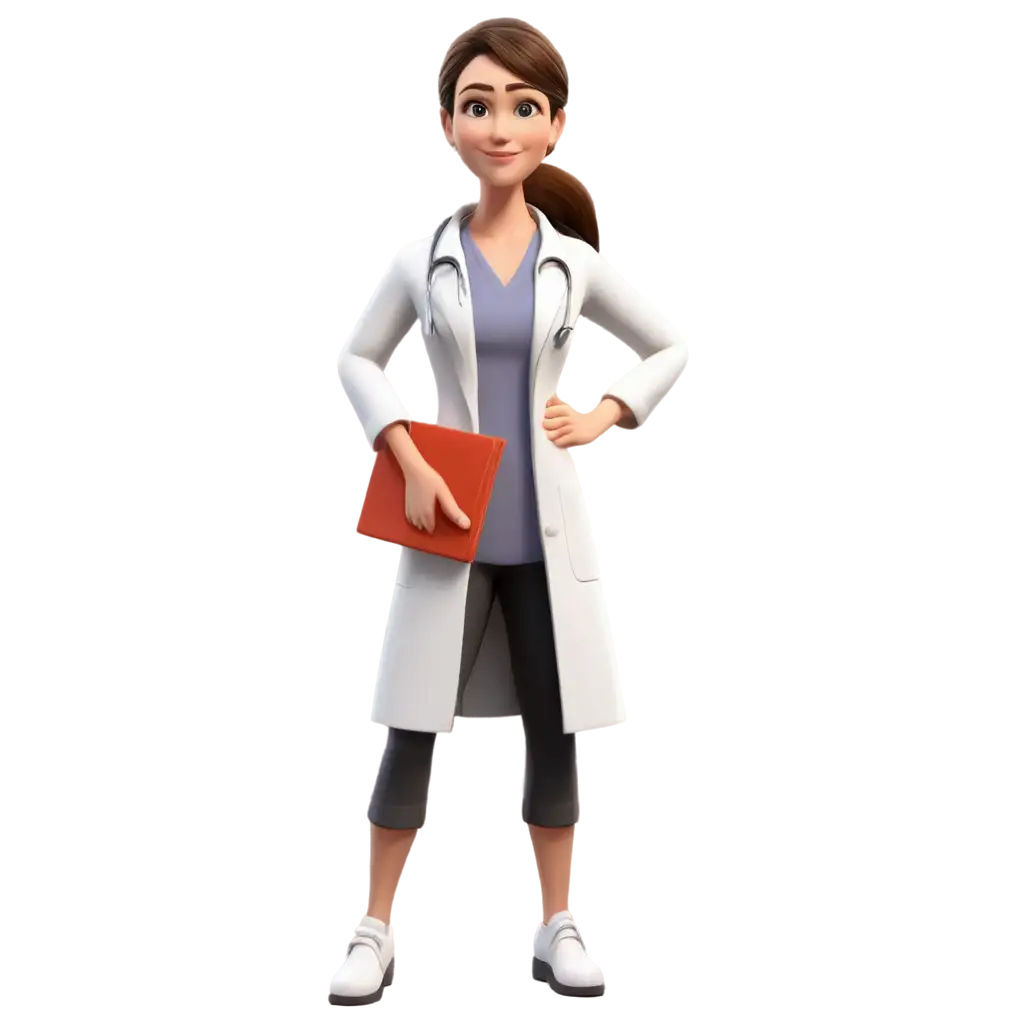
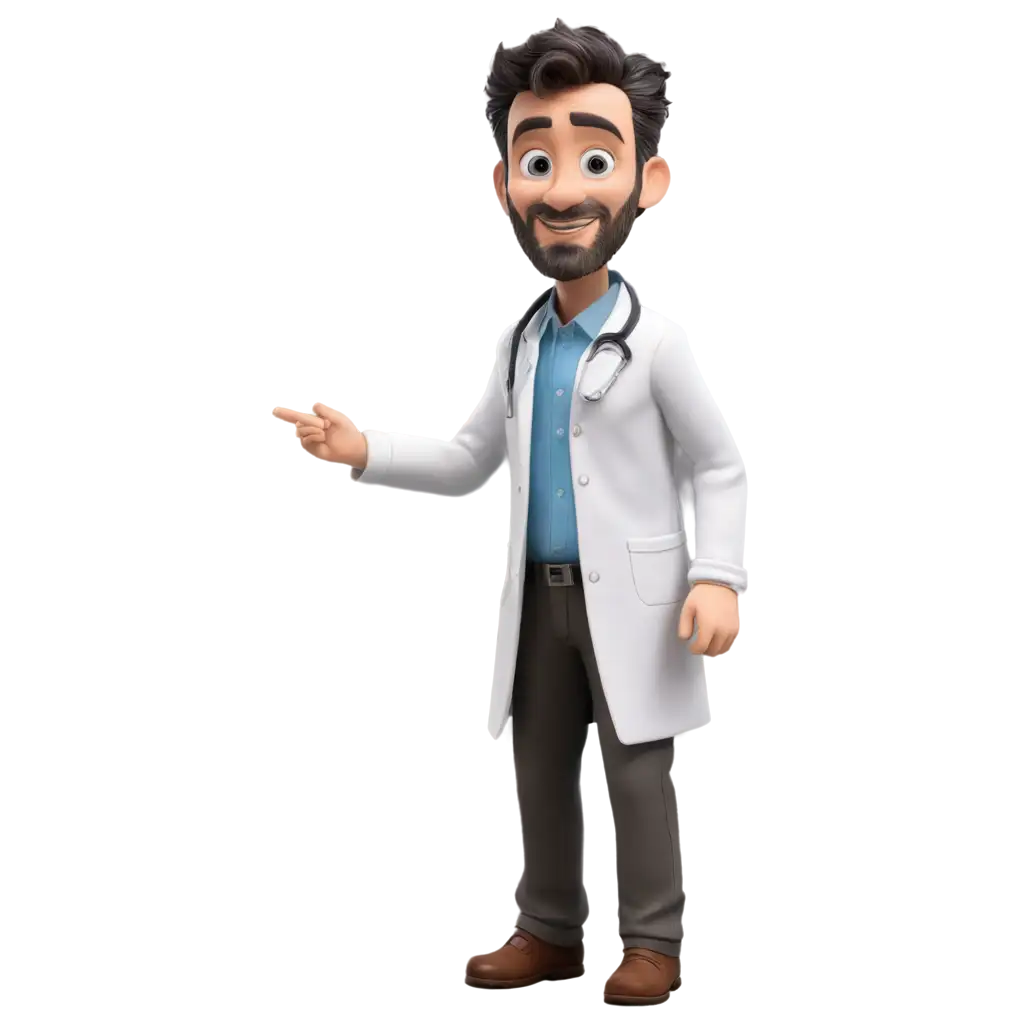
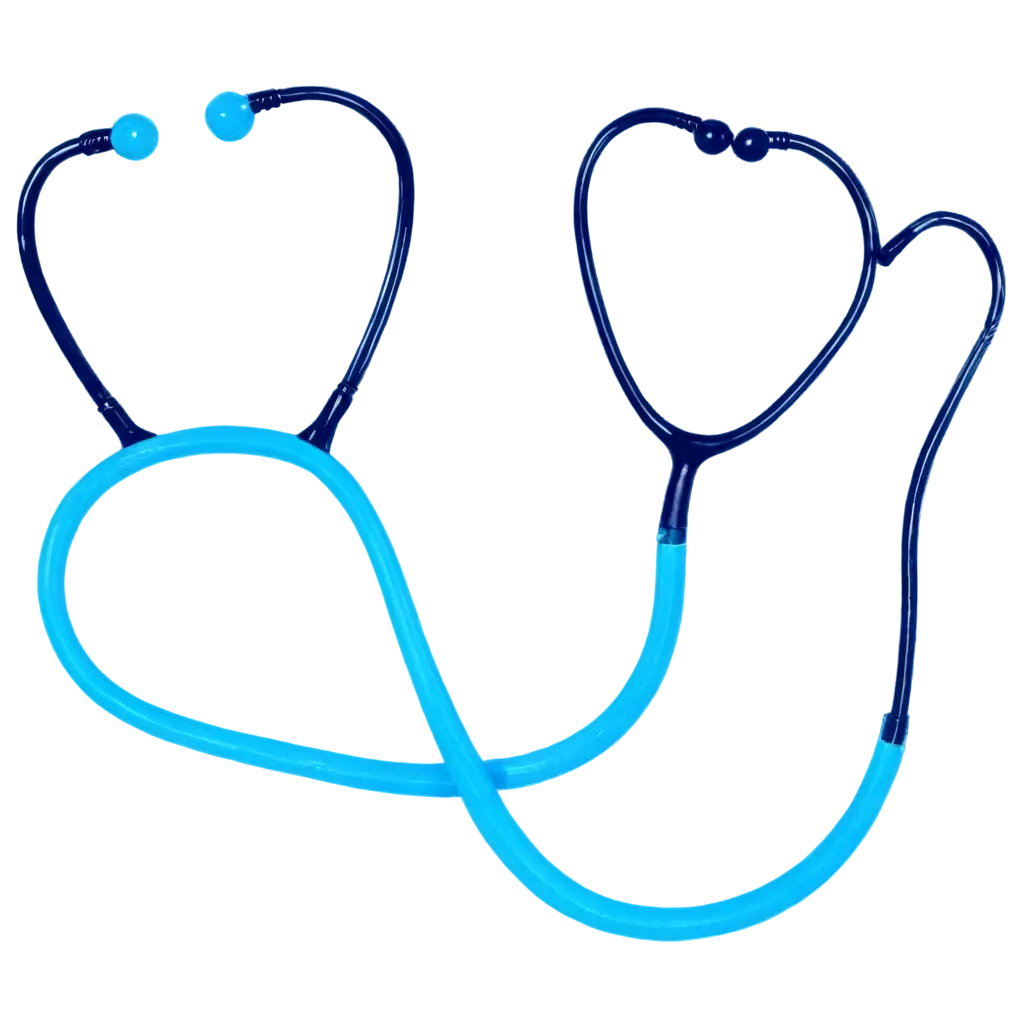
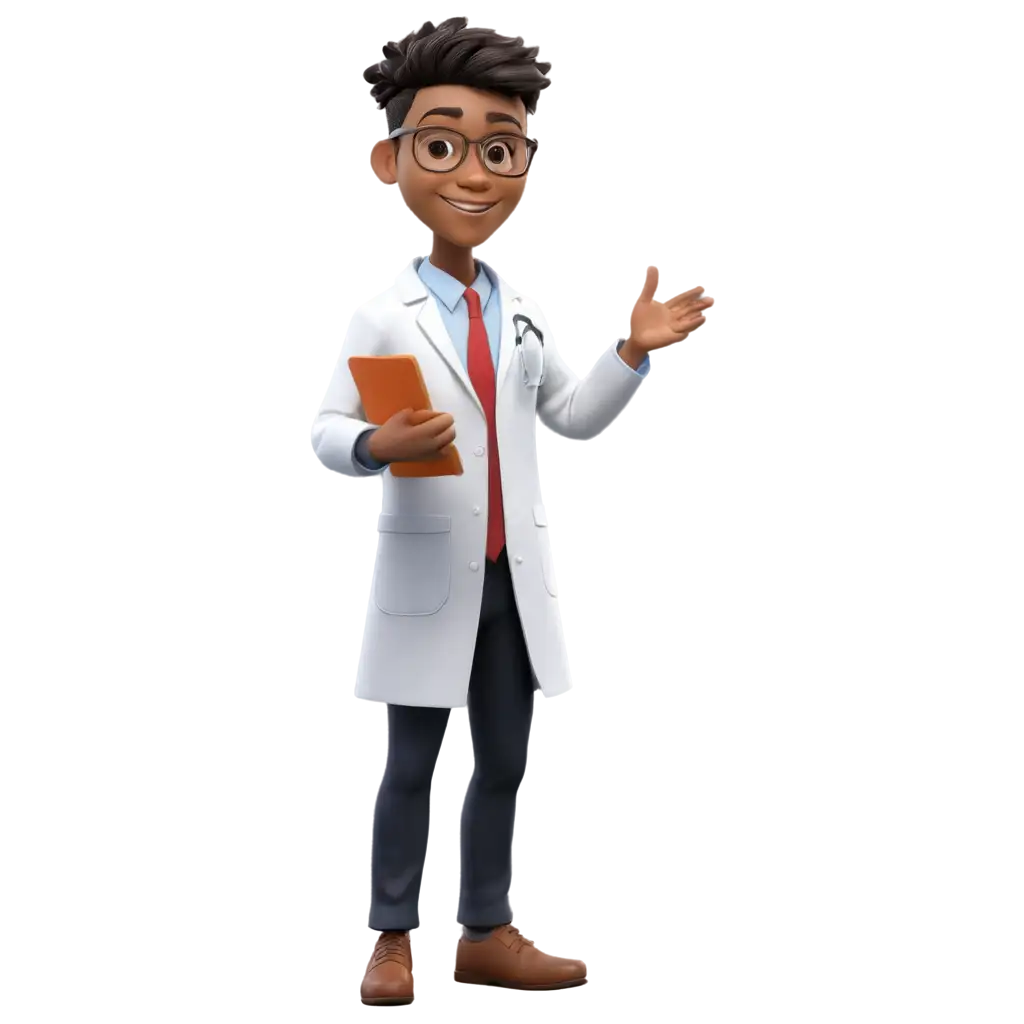
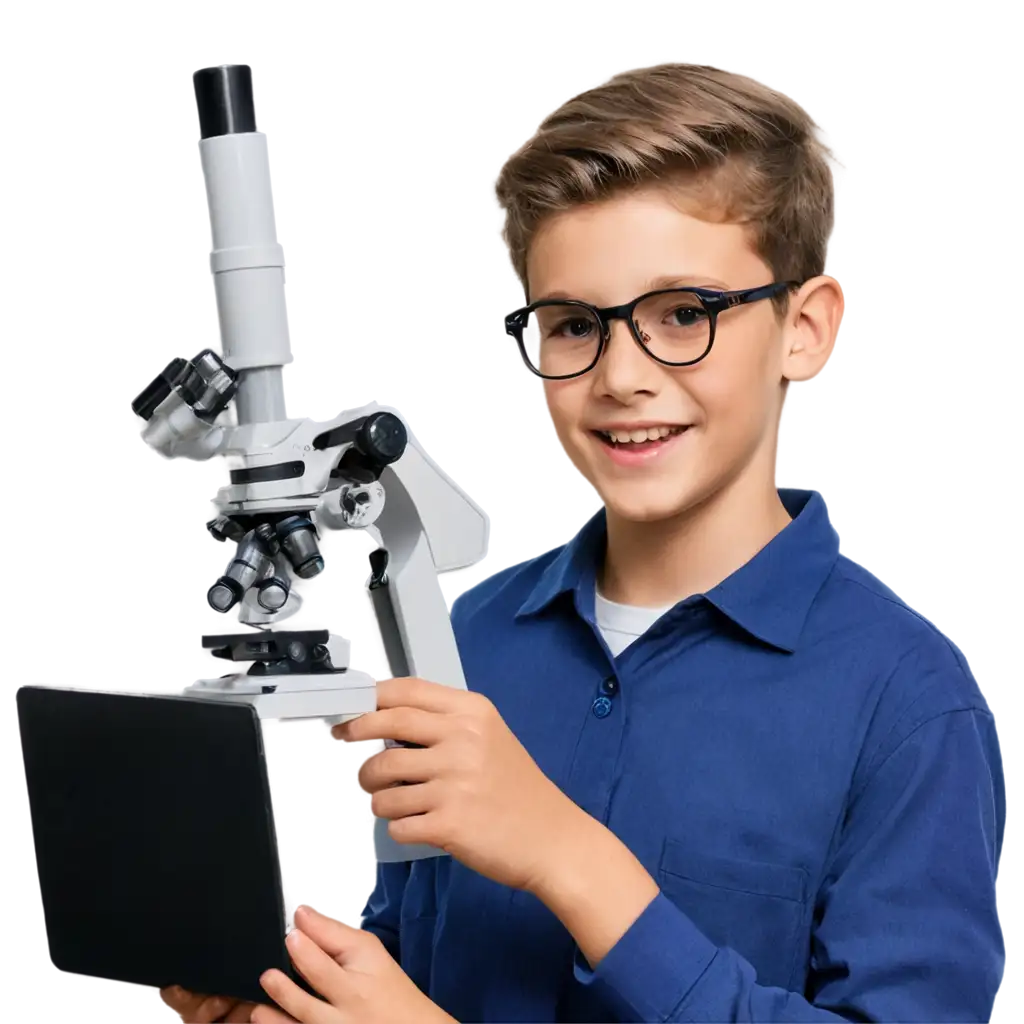
Related Tags
Medical visualization has evolved dramatically from ancient anatomical drawings to today's AI-generated imagery. Traditional medical illustrations, pioneered by artists like Andreas Vesalius in the 16th century, set the foundation for modern medical visualization. Now, AI technology transforms medical imaging by generating accurate, detailed representations of anatomical structures, medical procedures, and healthcare scenarios. This technological advancement enables the creation of diverse medical visuals, from cellular-level illustrations to full-body anatomical models, supporting medical education, patient communication, and healthcare marketing.
Medical Visualization: From Traditional Illustration to AI Generation
AI-generated medical images serve multiple crucial purposes in healthcare education and communication. In medical schools, these images provide customizable anatomical models that can be adjusted to demonstrate various conditions and procedures. Healthcare providers use them for patient education, creating clear visual explanations of diagnoses and treatments. The versatility of AI-generated images also extends to medical publications, presentations, and healthcare marketing materials, where they offer cost-effective alternatives to traditional medical photography while maintaining professional standards and accuracy. The ability to generate specific medical scenarios on-demand makes these images particularly valuable for rare conditions or complex procedures that might be difficult to photograph.
Applications of AI-Generated Medical Images in Healthcare Education
Our medical field collection encompasses various styles and formats to meet different healthcare visualization needs. These include photorealistic 3D renders of anatomical structures, vector-based medical infographics, and illustrated surgical procedures. The collection features different visualization styles such as cross-sectional views, exploded diagrams, and microscopic perspectives. Healthcare professionals can find images ranging from cellular biology to full-body systems, medical equipment illustrations, and healthcare setting scenarios. Each style serves specific purposes, from detailed anatomical studies to simplified patient education materials, all maintaining medical accuracy while offering aesthetic appeal.
Types and Styles of AI Medical Imagery
The future of AI-generated medical imagery holds exciting possibilities for healthcare visualization. Emerging trends include real-time generation of patient-specific anatomical models, integration with medical imaging data to create enhanced visualizations, and interactive 3D models for medical training. AI technology is advancing to create more accurate representations of diverse patient populations, addressing the historical lack of diversity in medical illustrations. Additionally, developments in AI are enabling the creation of dynamic medical animations and augmented reality experiences, revolutionizing medical education and patient communication. These advancements promise to make medical visualization more accessible, accurate, and adaptable to specific healthcare needs.
Future Trends in AI-Generated Medical Visualization